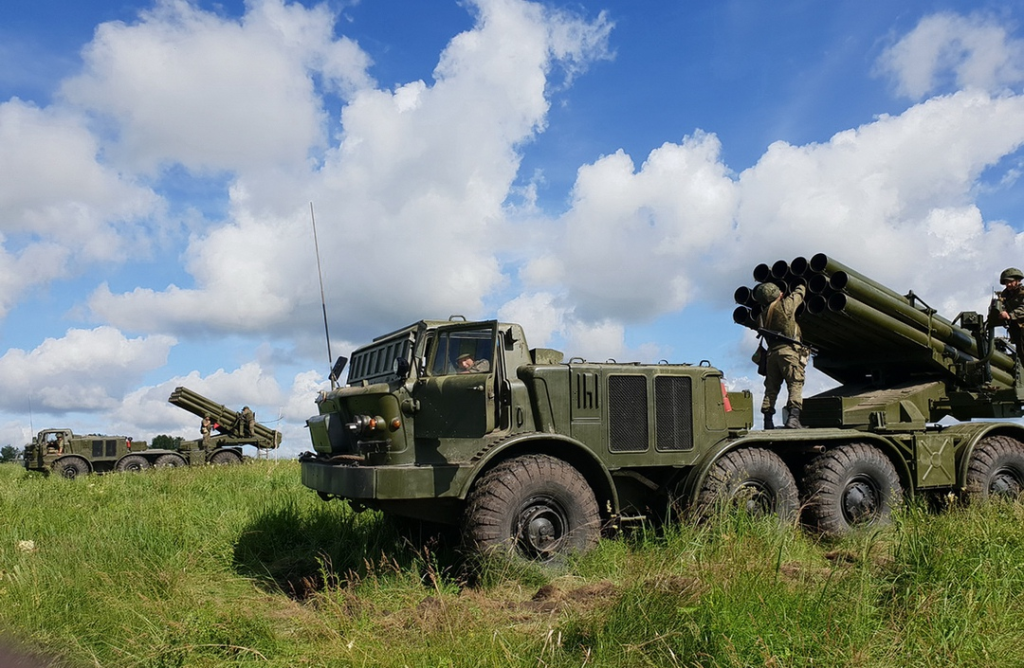
Might the loss of a few artillery guns mark the extent of a more serious crack in Russia’s battlefield supremacy? In mid-July 2025, Ukrainian forces destroyed four of Moscow’s valued 2S19 Msta-S self-propelled howitzers in mere days. On the surface, just another installment of the attritional war of wear. But the details uncover the intersection of precision drone operations, changing artillery dynamics, and weaknesses in Russia’s military apparatus.
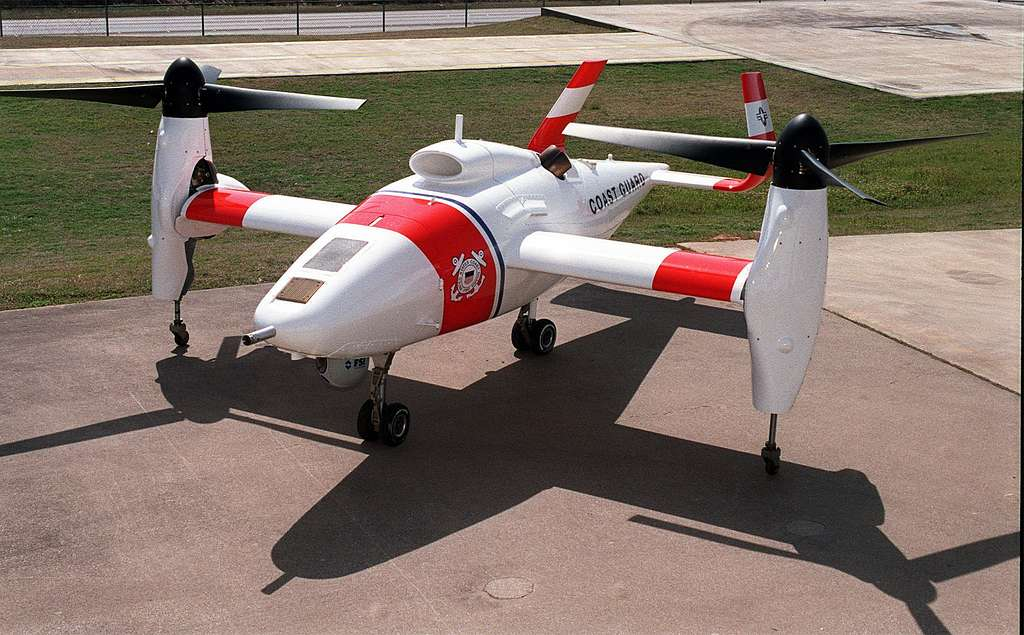
The Soviet‑design Msta‑S, still being produced, has been a mainstay of Russian firepower for years. Its casualty rate is now increasing at a pace under constant Ukrainian counter‑battery fire and unmanned aerial vehicle (UAV) attacks. These are not exceptions. They are part of a larger trend of increased Russian artillery casualties, the development of drone warfare technology, and an impending turning point in the balance of firepower in this conflict.
This roundup looks at seven major developments that collectively shed light on how Ukraine is stripping Russia of its artillery superiority and what all this implies about the war’s future.
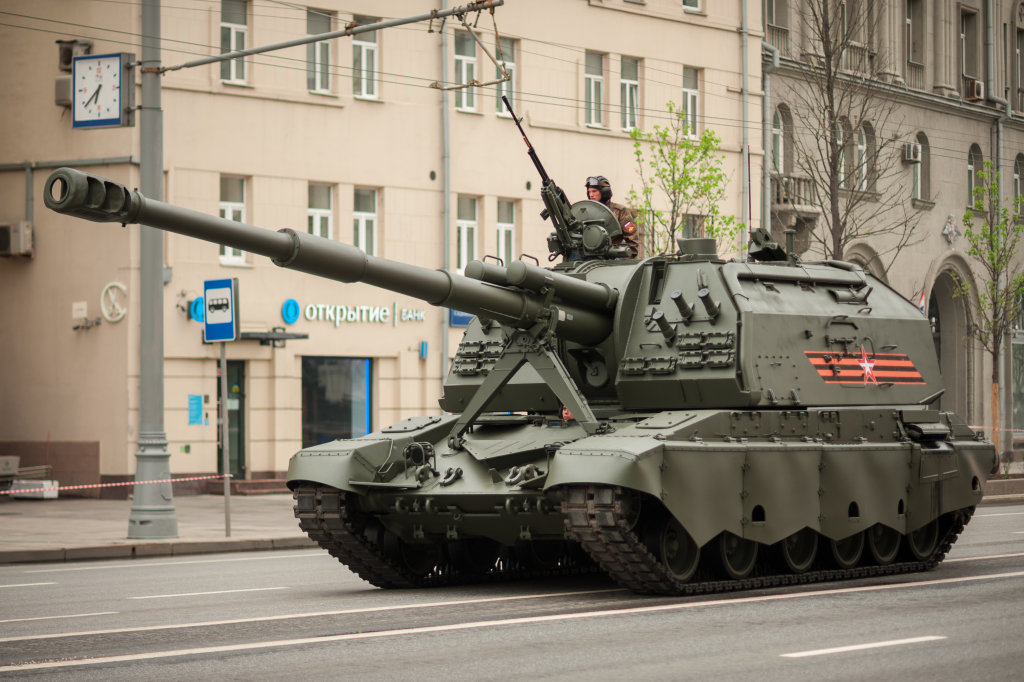
1. Four Msta‑S Howitzers Wiped Out in 48 Hours
Between July 15 and 17, Ukrainian forces knocked out four Russian 2S19 Msta‑S systems in Donetsk Oblast. The 148th Air Assault Artillery Brigade hit the first one near Velyka Novosilka, spotting it despite camouflage. Militarnyi said the explosion burned up powder charges, causing the weapon’s “total destruction.” The Aeronauts reconnaissance detachment later found and destroyed a second system in a wooded location north of Yasynove. First-person view (FPV) drones were employed by the 59th Separate Assault Brigade to strike a third on a dirt road, with the Omega Wings unit coordinating reconnaissance and strike drones to destroy a fourth, causing an internal ammunition explosion.
Russia has lost a confirmed 246 Msta‑S systems since February 2022, according to Oryx. Militarnyi estimates a slightly higher 250. With each unit costing an estimated $1.47 million, Moscow has lost almost $6 million in mid-July losses alone, highlighting not only the economic but the tactical cost as well.
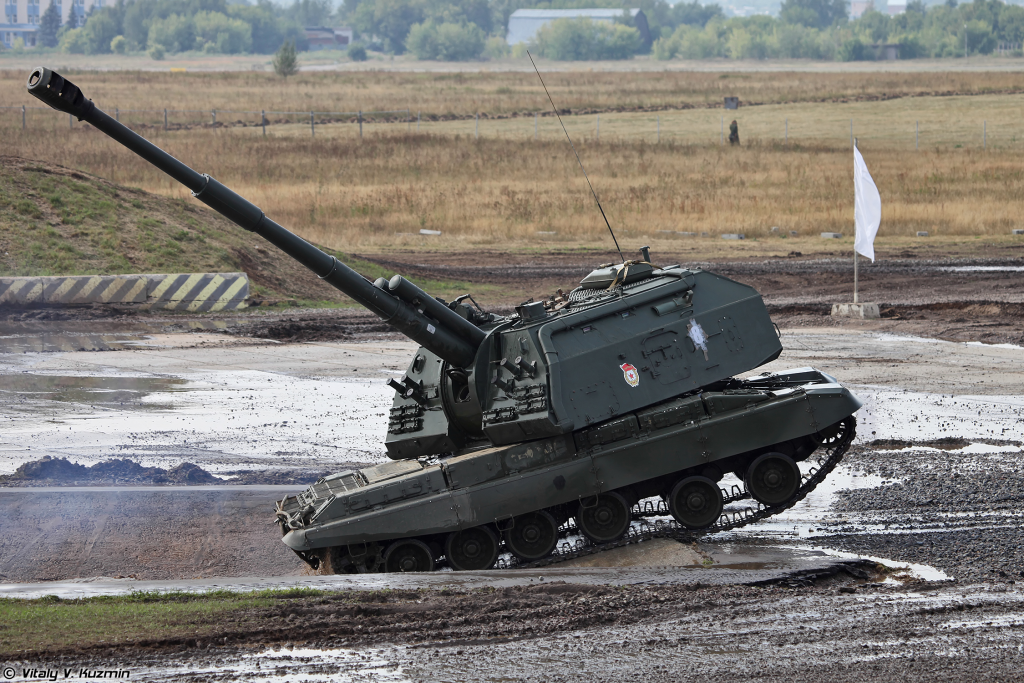
2. The Msta‑S: Capabilities and Vulnerabilities
The Msta‑S is a 152.4 mm self‑propelled howitzer produced in 1989 and which can fire high‑explosive shells of 24 km, although others have claimed ranges of 80 km. It has a T‑80 chassis and a T‑72 engine and can fire eight rounds a minute. However, its 15 mm armor provides little defense against contemporary threats.
Recent combat experience indicates FPV drones are able to penetrate its defenses with little difficulty. Even well-camouflaged positions have been pinpointed by air reconnaissance, and mobility is no safeguard when drones are able to be fired from many, hidden locations near the front.
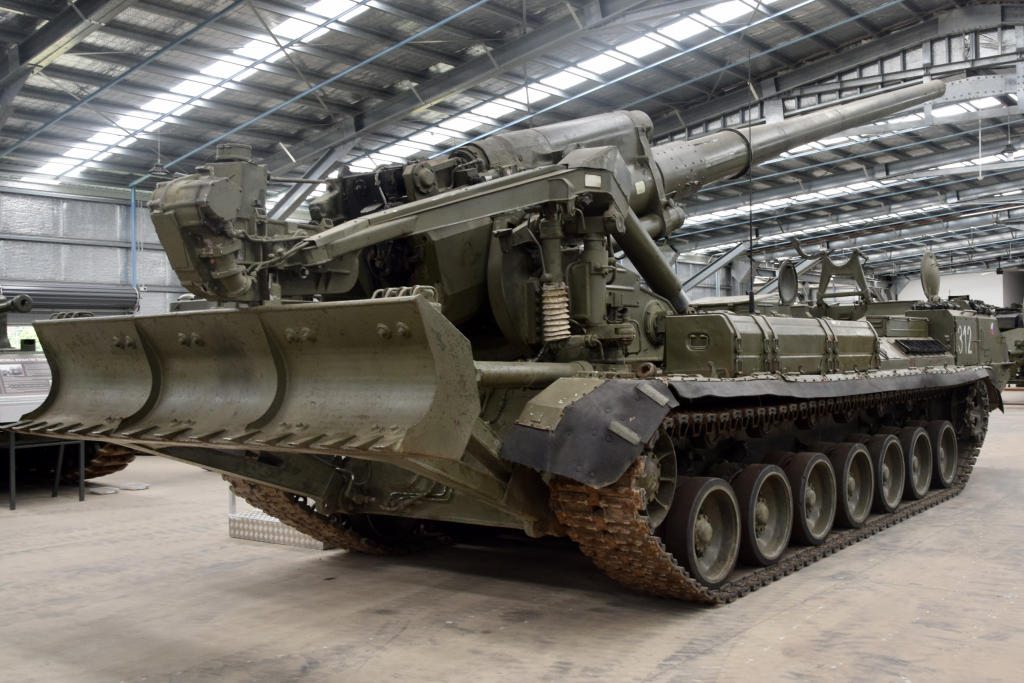
3. Increased Russian Artillery Losses
Ukrainian military statistics show Russian artillery losses skyrocketed in February and early March of 2025, with 1,370 systems lost in February alone. Although Kyiv’s numbers are higher than Western estimates, independent analysts verify the trend. Oryx’s visually confirmed count includes more than 900 destroyed self‑propelled artillery systems.
A combination of factors shorter‑range 122 mm Russian guns now being used are more susceptible to FPV attacks; Ukrainian crews are introducing longer‑range drones and new fixed‑wing loitering ammunition, similar to Russia’s Lancet, are extending range up to 36+ miles, bringing much of Russian artillery into range.
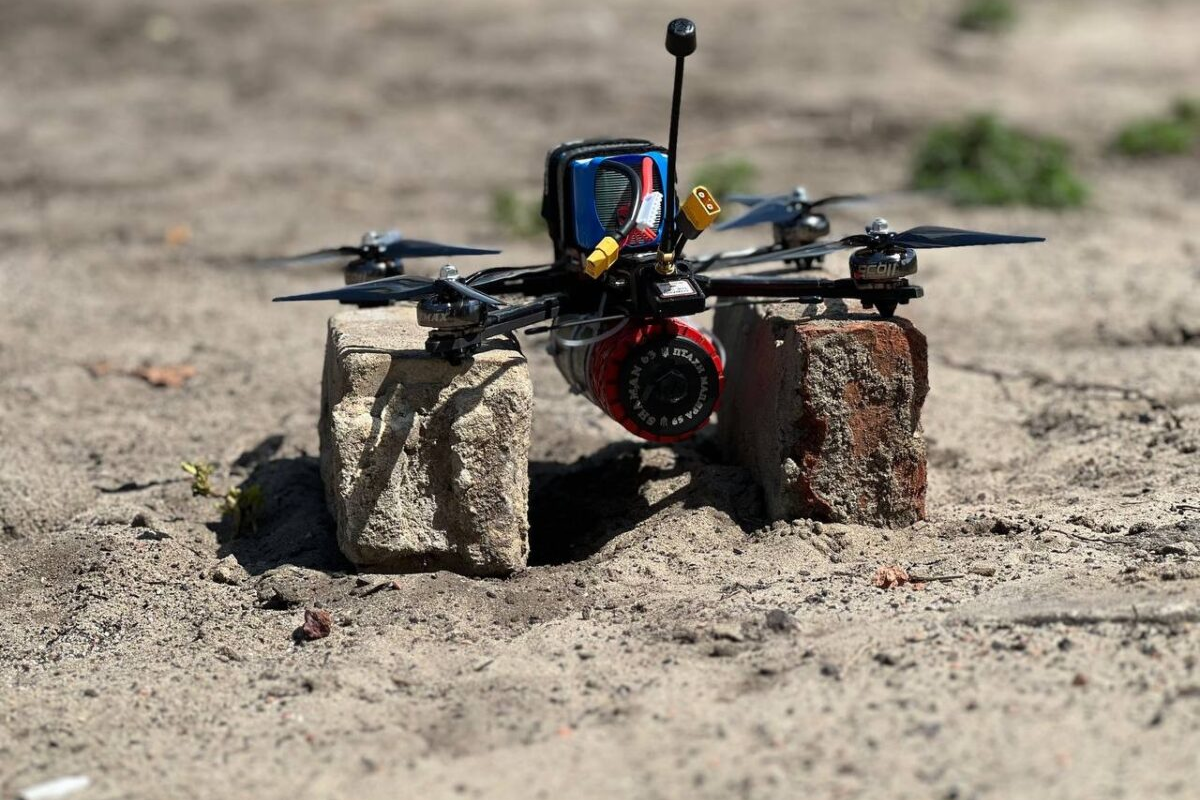
4. FPV Drones Redefining Counter‑Battery Warfare
Low-cost, small FPV drones are the core of Ukraine’s counter‑battery struggle. Originally racing quadcopters, they are now modified to launch RPG or RKG‑3 warheads and provide precision firepower at distances of up to 20 km. Drone operators can hover mere inches from the muzzle of a gun before exploding.
The Omega Wings attack on the fourth Msta‑S in July was a perfect example reconnaissance drones followed the target, then a strike drone attacked weak points that resulted in devastating secondary explosions. As one Ukrainian EW expert explained to ESD in May 2025, “Small drones actually have revolutionised the way war is being fought.”
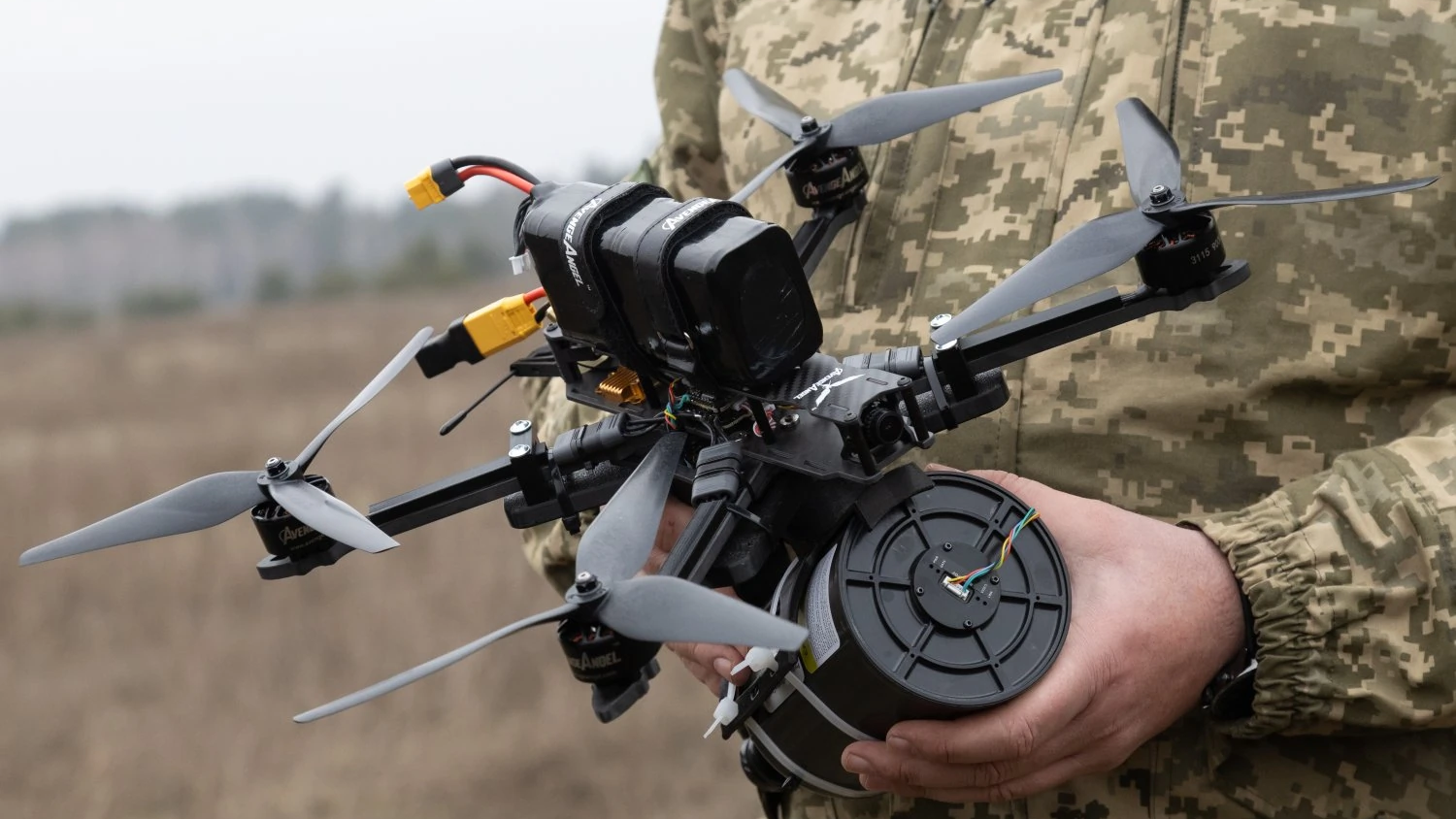
5. Fibre‑Optic FPVs: Breaking Through Jamming
To combat electronic warfare, both countries are using fibre‑optic‑guided FPVs. They follow a wire to the operator and are invulnerable to detection and jamming. They are also able to go through urban or forest areas without losing signal.
Yet, as Iaroslav Kalinin of Infozahvest pointed out, they have lighter payloads because of the cable’s weight and demand highly expert piloting. Nevertheless, their power to “sneak into even foxhole” creates new tactical options, especially for breaking into heavily defended artillery positions hitherto immune to RF-controlled drones.

6. Constraints and Weaknesses in FPV Effectiveness
Though ubiquitous, FPVs are not the solution to all problems. Onetime Slovak officer Jakub Jajcay, who served on a Ukrainian FPV crew, discovered that only 20–30% of sorties made it in to be a successful hit if aborted missions were included. Technical malfunctions, weather, and jamming were responsible for many of the failures. “Enemy electronic warfare took down a full 31 percent of our sorties,” he said.
Numerous missions were “double‑taps” against previously hit targets, calling into question cost‑effectiveness over mortars or conventional artillery. This implies FPVs are best employed as part of a layered strike capability as opposed to a single solution.

7. Strategic Implications for Russia’s Artillery Arm
Russia went into 2024 with around 5,000 pieces of artillery in theater and enormous reserves from the Soviet era. But open‑source imagery reveals stocks in storage dwindling fast. At the loss rates projected, front‑line artillery strength may collapse by late 2025, analysts warn.
Since artillery accounts for approximately 80% of Russian-caused casualties, its degradation would critically restrict both offensive and defensive action. Drones and glide bombs can plug gaps, but without a continuing barrage, Russia’s conventional battlefield doctrine is gravely compromised.

The destruction of four Msta‑S systems in July is more than a tactical victory for Ukraine. It summarizes the speeding-up interaction between accuracy drones and the erosion of Russia’s gun arm. Although FPVs and fibre‑optic drones are rewriting sections of the battlefield script, their technological limitations ensure they support as opposed to supplant traditional fires. For Russia, the intensifying burn rate of its cannons and the failure to protect them from aerial predators could be a more decisive threat than any one breakthrough on the frontline.


